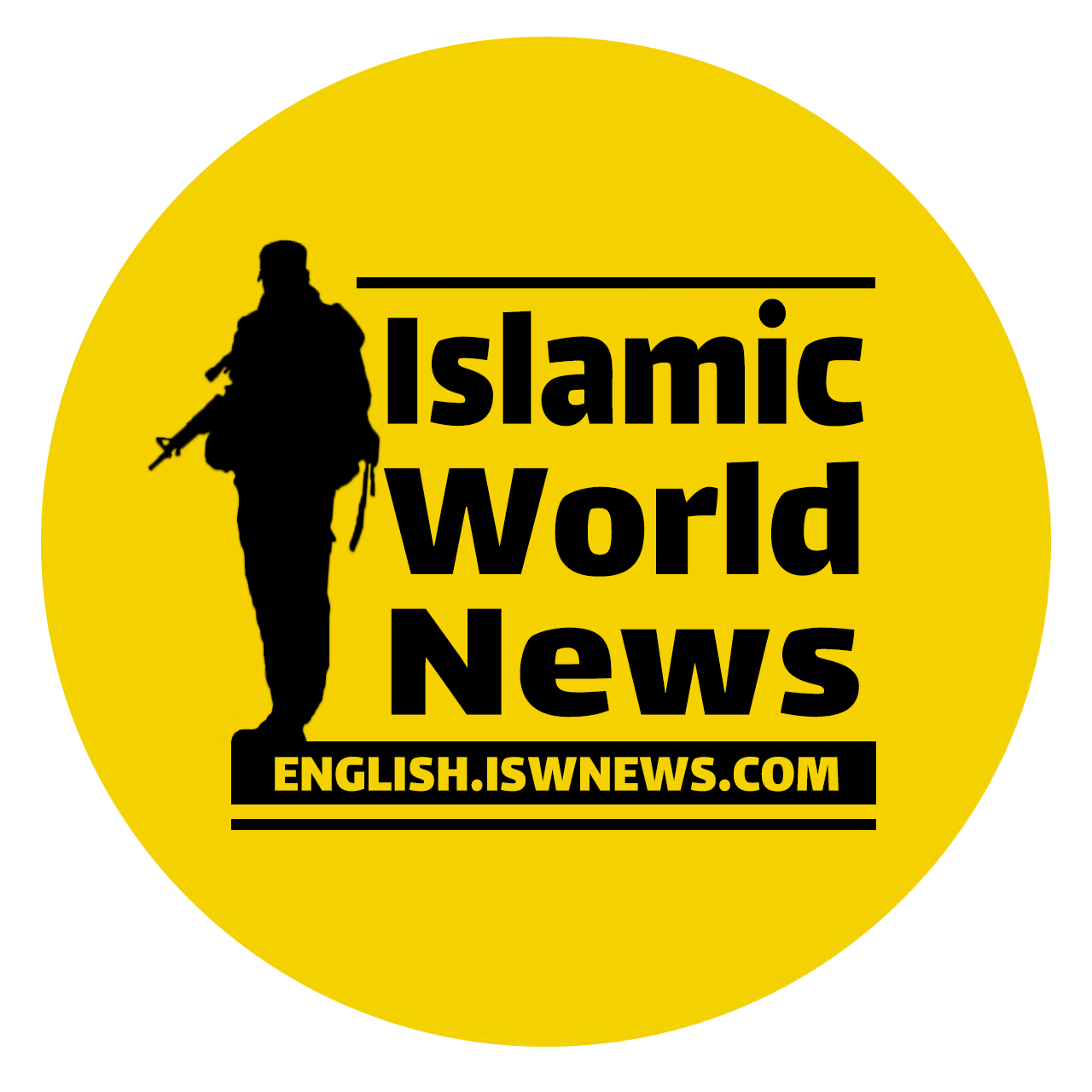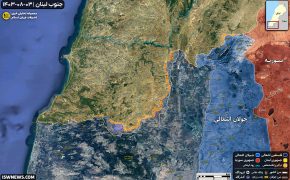What Is Happening In The Northern Front Of Palestine? (Map)


Clashes between the Lebanese Resistance Movement Hezbollah and the Israeli army in the axis of northern Palestine and southern Lebanon have been limited to exchanges of fire and missile attacks, which have been commensurate with the level of the regional tensions between the Axis of Resistance and the United States.
The armed conflicts between Hezbollah and the Israeli regime’s army in the northern Palestinian axis began on October 8, one day after the onset of Operation Al-Aqsa Storm throughout the Gaza Strip. Unlike the heavy ground, air, and sea clashes in the Gaza Strip, the conflicts in this axis have been limited to exchanges of fire and missile attacks. Hezbollah targets Israel’s military build-ups, defensive and army positions such as tanks, armored vehicles, surveillance cameras, and so on; and the Israeli army responds with artillery strikes and incendiary phosphorus bombs. However, these clashes have entered a new phase since this Saturday following the engagement of Israeli fighter jets and drones, and there is a possibility of an escalation in the level of clashes in comparison to the past confrontations.
The dispatch of Israeli Air Force helicopters to the clashes in the northern Palestinian front is actually an escalation in terms of the level of aggression by Israel; so, the Hezbollah movement can respond by expanding its attacks on all Israeli positions in northern Palestine, increasing joint attacks with the Palestinian resistance groups in the Gaza Strip, and even carrying out extensive rocket and drone attacks to intensify tensions with the Israeli regime.
As Sheikh Naim Qassem, deputy secretary-general of Hezbollah resistance movement, pointed out in his remarks on Saturday, the current clashes are commensurate with the situation and ongoing conflicts in southern Lebanon, and if necessary, Hezbollah will intensify its attacks. In fact, at this stage, Hezbollah is not seeking to expand the clashes with Israel and does not apparently want to be blamed as the initiator of the war with Israel. This has multiple reasons, including the possibility of the United States involvement in the war, Lebanon’s unstable economic situation, regional tensions, and so on. Moreover, Hezbollah cannot enter into a full-scale war with Israel without considering the regional conditions. The Israeli regime has also managed to get rid of the big shock of the early days following the Operation Al-Aqsa Storm and the Israeli intend to show they can overcome the hard circumstances by expanding their attacks on Lebanon and Syria.
Another issue is that the Israeli regime is paving the ground for a widespread war in southern Lebanon. In a significant decision made in a cabinet meeting on October 18, the Israeli military ordered the evacuation of settlements and villages along the occupied northern Palestinian border up to five kilometers from the Lebanese border. So far, some 27,000 Israeli settlers have been evacuated from 28 occupied settlements near the Lebanese border. The largest part of the plan to evacuate border settlements is related to the occupied settlement of Kiryat Shmona, which includes the transfer of 23,000 settlers. This evacuation plan is being implemented with the aim of preventing civilian casualties in possible attacks by Hezbollah and Palestinian resistance groups, as well as to open up the Israeli army’s hands for carrying out attacks and using prohibited weapons in occupied northern Palestine and southern Lebanon.
At this time, there are confrontations and exchanges of fire throughout the border areas between Lebanon and occupied Palestinian territories from Al-Naqoura to Shebaa Farms. The Axis of Resistance has a special coherence and the recent multiple attacks on the United States’ positions in Iraq and Syria testify to the synchronization of the battle between the Israeli-US front and the Gaza-Lebanon axis. The future and outcome of the armed clashes are unpredictable, because Israel has so far rejected any dialogue and mediation regarding the issue of the Gaza Strip and the regime is pursuing high-level aerial attacks (targeting civilians and public places such as hospitals, mosques, schools, markets, churches, and so on). The United States also links the Israeli front with the Ukrainian front and is using these clashes for its political purposes. The United States and the Israeli regime agree on carrying out ground operations in the Gaza Strip and in recent days, many military aids have been shipped from the United States and Europe to the city of Tel Aviv and military bases in other Israeli cities. The Israeli regime intends to destroy Palestinian resistance defense positions in the Gaza Strip with extensive aerial attacks and then enter into ground operations. Unofficial reports of dual-nationality soldiers entering Israel also confirm this issue.
Taking all these issues into consideration, the current war between the Israeli regime and Palestinian resistance groups in the Gaza Strip and the Lebanese Hezbollah in the north is a regional war in which the United States and other resistance groups are also involved. The Israeli regime’s ground operation in the Gaza Strip is directly related to intensified clashes in the north and resistance attacks in Iraq and Syria, and there is a possibility of it spreading to Yemen and even the Persian Gulf as well as the Sea of Oman.
Read more: Latest Military Developments Of Gaza And Northern Palestine, 22 October 2023 (Map)





Comment